Were my pocket doors installed correctly?
joelmr
16 years ago
Featured Answer
Sort by:Oldest
Comments (10)
jrice
16 years agolast modified: 9 years agojoelmr
16 years agolast modified: 9 years agoRelated Professionals
Hammond Kitchen & Bathroom Designers · Moraga Kitchen & Bathroom Designers · Idaho Falls Kitchen & Bathroom Remodelers · Sicklerville Kitchen & Bathroom Remodelers · Westchester Kitchen & Bathroom Remodelers · Mount Vernon Interior Designers & Decorators · Tahoe City Interior Designers & Decorators · Arizona City General Contractors · Euclid General Contractors · Florida City General Contractors · Makakilo General Contractors · Roselle General Contractors · Rossmoor General Contractors · Toledo General Contractors · Tuckahoe General Contractorsron6519
16 years agolast modified: 9 years agojudiegal6
16 years agolast modified: 9 years agobrickeyee
16 years agolast modified: 9 years agojoelmr
16 years agolast modified: 9 years agorjoh878646
16 years agolast modified: 9 years agojoelmr
16 years agolast modified: 9 years agobrickeyee
16 years agolast modified: 9 years ago
Related Stories

BATHROOM DESIGNShould You Install a Urinal at Home?
Wall-mounted pit stops are handy in more than just man caves — and they can look better than you might think
Full Story
DOORS5 Questions to Ask Before Installing a Barn Door
Find out whether that barn door you love is the right solution for your space
Full Story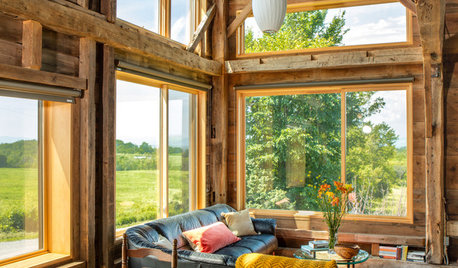
GUESTHOUSESHouzz Tour: This Guesthouse’s Former Residents Were Horses
A new insulated exterior for a Vermont carriage barn preserves its rustic interior
Full Story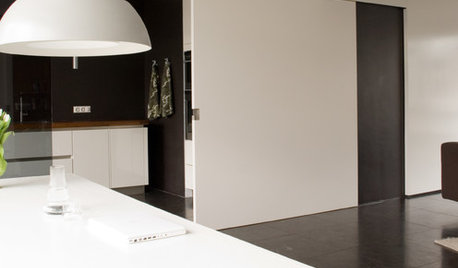
DESIGN DETAILSThe Secret to Pocket Doors' Success
Pocket doors can be genius solutions for all kinds of rooms — but it’s the hardware that makes all the difference. See why
Full Story
MATERIALSThe Most Popular Roofing Material is Affordable and Easy to Install
Asphalt shingles, the most widely used roof material in the U.S. are reliable and efficient, and may be right for you
Full Story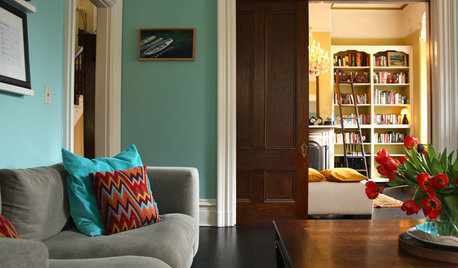
REMODELING GUIDESPocket Doors and Sliding Walls for a More Flexible Space
Large sliding doors allow you to divide open areas or close off rooms when you want to block sound, hide a mess or create privacy
Full Story
KITCHEN BACKSPLASHESHow to Install a Tile Backsplash
If you've got a steady hand, a few easy-to-find supplies and patience, you can install a tile backsplash in a kitchen or bathroom
Full Story
GREAT HOME PROJECTSHow to Install Energy-Efficient Windows
Learn what Energy Star ratings mean, what special license your contractor should have, whether permits are required and more
Full Story
HOUZZ TVHouzz TV: How to Install a Rain Barrel
This DIY tutorial shows how easy it can be to capture rainwater from your roof to use in your garden later
Full Story
REMODELING GUIDESContractor Tips: How to Install Tile
Before you pick up a single tile, pull from these tips for expert results
Full StorySponsored
Custom Craftsmanship & Construction Solutions in Franklin County
More Discussions






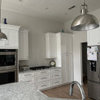
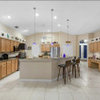

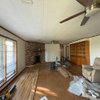

ron6519